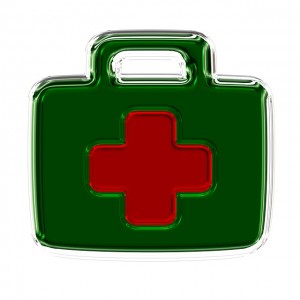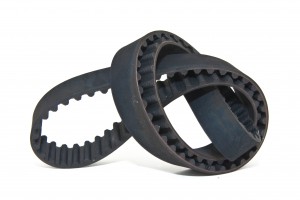 We’re here to help fix your car if something goes wrong, but the best way to extend the life of your vehicle is by practicing good driving and maintenance habits. Below, we discuss some simple things you can do to squeeze every mile possible out of your car.
We’re here to help fix your car if something goes wrong, but the best way to extend the life of your vehicle is by practicing good driving and maintenance habits. Below, we discuss some simple things you can do to squeeze every mile possible out of your car.
On The Road – Certain driving habits can help extend the life of your car, and they can also help boost your fuel economy. This is especially important for new cars without many miles on them. Avoid flooring the gas pedal or slamming on the breaks when possible. It might be tempting to see if your flashy new car can hit 90 mph on the highway, but pushing your car’s engine to the limit is a recipe for disaster.
By giving yourself plenty of time to accelerate and to brake, you’ll avoid placing unneeded stress on your vehicle. The less stress, the better.
At The Pump – If you read our post on gasoline, you already know the best time of day to buy gasoline. Although the density of your fuel doesn’t necessarily equate to extending the life of your vehicle, there is another situation when you’ll want to avoid the pump.
If you notice a gas tanker is emptying its tank at the gas station, you’ll want to drive to another location to fill up. Sediments and other particles in the underground reserve can be stirred up when the tanker deposits its fuel. If those particles make their way into your fuel line, it can cause problems in your tank and filter.
At Home – Another way to care for your car is by doing minor maintenance on your own. Although you might not know how to fix a busted intake valve, odds are you can read the owner’s manual. Inside the manual you can learn about certain recommendations, like how much air you should put inside your tires and how to maintain proper fluid levels. With the help of an air hose and funnel, you can make sure some of the controllable aspects of your car are in optimal shape.
At The Shop – Doing minor maintenances on your own can keep your car running smooth, but it’s also important to have it regularly looked at by professionals. Mechanics know the best way to replace integral components like timing belts or batteries, and they can spot other issues that may be overlooked by the untrained eye.
Some common maintenance habits that can easily be preformed by your local mechanic include:
- Tire rotation
- Filter changes
- Diagnostics testing
- Alignment checksÂ
Check back each week for more tips on how to properly care for your car.
Related source: Reader’s Digest


